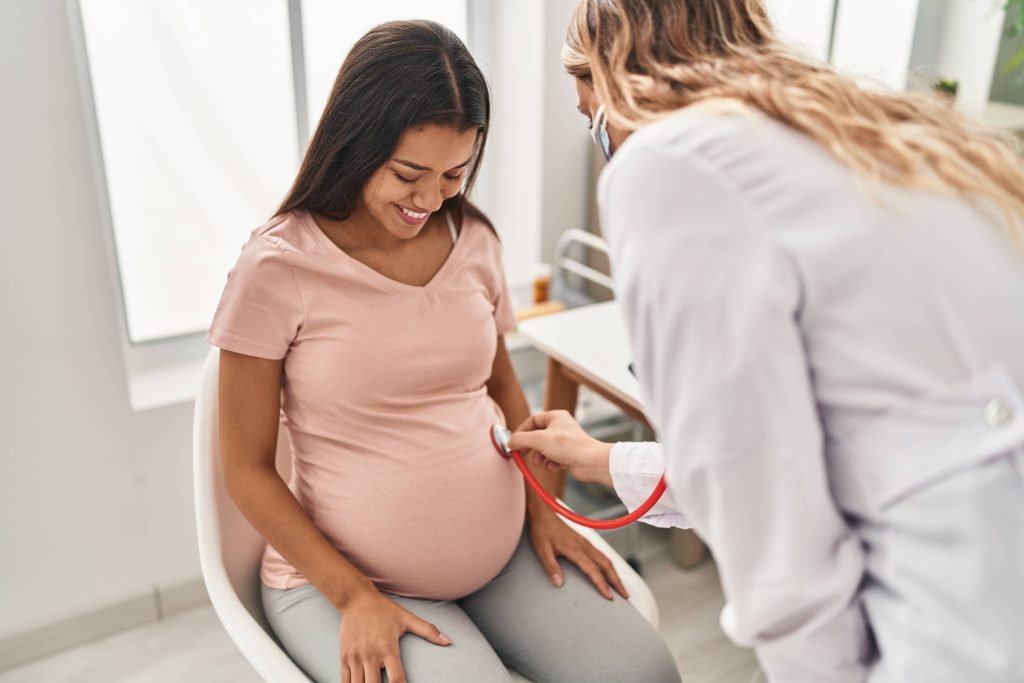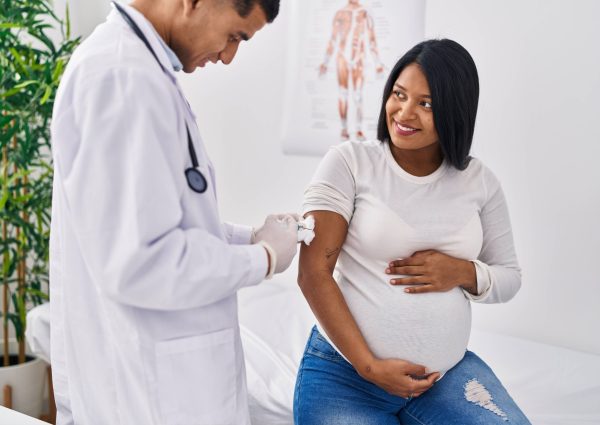Obstetrics & Gynecology

What is Gynecology and Obstetrics?
Gynecology is an important primary care function for women. It is the diagnosis and treatment of diseases of the female reproductive system. Obstetrics is a surgical specialty dealing with the care of women and their children during pregnancy, childbirth and the period immediately after childbirth.
What is an OB/GYN?
An OB/GYN serves as a woman’s primary care physician with expertise in both Obstetrics and Gynecology. OB/GYNs provide diagnosis and treatment of disorders and diseases of the female reproductive system, as well as manage pregnancy, labor and the time-period immediately following childbirth. These physicians provide women with preventative care, prenatal care, detection of sexually transmitted diseases, pap test screening and family planning.
Procedures & Services
- Endometrial ablative procedures
- Laproscopy supracervical and total hysterectomy
- Laproscopic surgery for endometriosis, ovarian cyst, pelvic adhesion
- Trans-obturator sling procedure
- Laparosopic Surgery
- Bone Mineral Density tests
- Breast Care
- Hormone Replacement
- Infertility Management
- Colonoscopy
- Natural Child Birth
- Vaginal Birth After Cesarean
The Importance of a Regular Exam
Routine gynecological exams are an essential part of a woman’s total health and well-being. These important yearly exams allow the physician to detect problems, such as cervical cancer, in their early stages when they can be treated more easily. Maintaining a healthy reproductive system can decrease the risk of complications during pregnancy and delivery. The routine breast exam given by the OB/GYN can identify early signs of breast cancer.
When to Have Your First Exam
It is recommended that a woman have her first gynecological exam by the time she is eighteen years old. However, there are some circumstances when a woman should be examined earlier including:
- being sexually active
- having a difficult menstrual period (pain or unusual bleeding)
- experiencing an abnormal vaginal discharge (bad odor or irritation)
- planning to become pregnant
- lack of menstrual period
What Happens During an Exam?
A gynecological exam can be broken down into four parts.
During this portion of the visit the physician will discuss your health history and that of your family members. This information will help the physician determine if you are at risk for any inherited health problems or if your future children may be at risk.
During this exam your weight and blood pressure will be checked. Your reproductive organs will be examined for any abnormalities. The physical exam also consists of a breast exam to check for any cysts or lumps.
A Pap test is done by using a swab to take a few cells from the cervix or vagina. The cells are sent to the lab and tested for possible signs of cancer.
At the conclusion of the exam the physician will discuss the results of the exam with you. You will receive the results of your lab tests at a later date.

